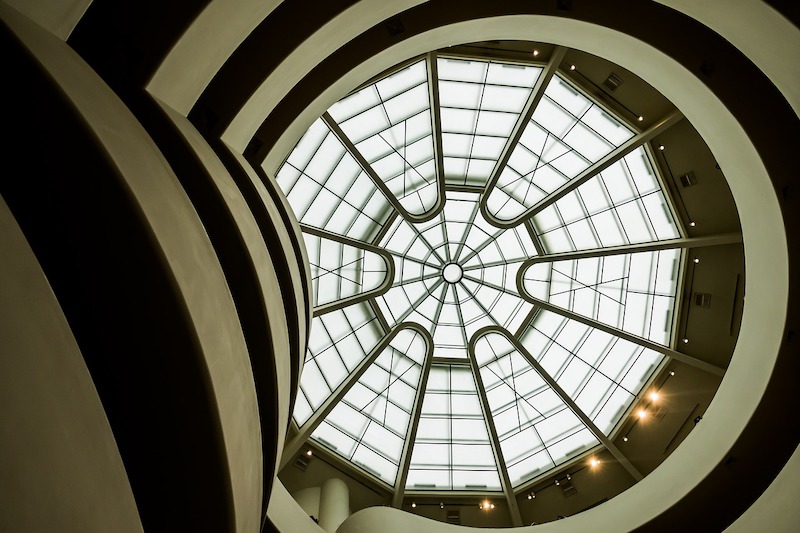The American Architectural Manufacturers Association (AAMA) and The Window & Door Manufacturers Association (WDMA) have jointly released the December 2012 update to the 2011/2012 U.S. Industry Statistical Review and Forecast. This report delivers timely information on window, door and skylight market trends and product relationships. Historic data for 2006 through 2011 and forecast data for 2012 through 2015 are also included in the report. Forecasts are based on projections of construction activity as of December 2012.
New residential construction activity for 2012 is expected to show a 23.9 percent improvement compared to 2011, which is slightly better than what was forecasted last August. Most of this improvement over earlier forecasts is attributed to multi-family starts. The study forecasts similar improvement for 2013, and continues to predict an even stronger 31 percent new residential construction improvement for 2014. Existing home sales are expected to end at 4.7 million units in 2012, slightly better than originally forecast.
In 2012, nonresidential construction activity is experiencing slow growth in categories favorable to nonresidential door volumes (hospitality, education, healthcare, office). Specifically for 2012, total volume is expected to end at a 4.5 percent increase for entry doors and a 5.2 percent increase for interior doors over the 2011 volume.
Residential skylights are expected to close the year at more than 900,000 units, a growth rate of 6.5 percent over the 2011 volume. New construction skylight activity has proven to be greater than expected at 23.3 percent growth, while remodeling and replacement skylight activity has fallen behind initial expectations at 2.9 percent growth. The latter value is benefiting somewhat from weather-related replacement throughout the year.
Additional and more detailed information on the residential and commercial fenestration markets is contained in the 2011/2012 WDMA/AAMA Study of the U.S. Market for Windows, Doors and Skylights (published in May 2012), which includes all of the items listed below.
- AAMA/WDMA U.S. Industry Statistical Review and Forecast (December 2012 update) summarizes residential, non-residential and remodeling trends from government and industry sources.
- AAMA/WDMA U.S. Industry Channel Distribution Report profiles the residential and non-residential market for windows and doors as it flows through the identified distribution channels.
- AAMA/WDMA U.S. Industry Market Size Report quantifies residential and non-residential market volumes, both historic and projected.
- AAMA/WDMA U.S. Industry Regional Statistical Review and Forecasts detail information for 11 individual regions.
The updated 2011/2012 U.S. Industry Statistical Review and Forecast, as well as the other reports listed above, are available for purchase online from bothAAMA and WDMA.
Related Stories
| Nov 3, 2010
Sailing center sets course for energy efficiency, sustainability
The Milwaukee (Wis.) Community Sailing Center’s new facility on Lake Michigan counts a geothermal heating and cooling system among its sustainable features. The facility was designed for the nonprofit instructional sailing organization with energy efficiency and low operating costs in mind.
| Nov 3, 2010
Rotating atriums give Riyadh’s first Hilton an unusual twist
Goettsch Partners, in collaboration with Omrania & Associates (architect of record) and David Wrenn Interiors (interior designer), is serving as design architect for the five-star, 900-key Hilton Riyadh.
| Nov 3, 2010
Virginia biofuel research center moving along
The Sustainable Energy Technology Center has broken ground in October on the Danville, Va., campus of the Institute for Advanced Learning and Research. The 25,000-sf facility will be used to develop enhanced bio-based fuels, and will house research laboratories, support labs, graduate student research space, and faculty offices. Rainwater harvesting, a vegetated roof, low-VOC and recycled materials, photovoltaic panels, high-efficiency plumbing fixtures and water-saving systems, and LED light fixtures will be deployed. Dewberry served as lead architect, with Lord Aeck & Sargent serving as laboratory designer and sustainability consultant. Perigon Engineering consulted on high-bay process labs. New Atlantic Contracting is building the facility.
| Nov 2, 2010
Cypress Siding Helps Nature Center Look its Part
The Trinity River Audubon Center, which sits within a 6,000-acre forest just outside Dallas, utilizes sustainable materials that help the $12.5 million nature center fit its wooded setting and put it on a path to earning LEED Gold.
| Oct 13, 2010
Prefab Trailblazer
The $137 million, 12-story, 500,000-sf Miami Valley Hospital cardiac center, Dayton, Ohio, is the first major hospital project in the U.S. to have made extensive use of prefabricated components in its design and construction.
| Oct 13, 2010
Hospital tower gets modern makeover
The Wellmont Holston Valley Medical Center in Kingsport, Tenn., expanded its D unit, a project that includes a 243,443-sf addition with a 12-room operating suite, a 36-bed intensive care unit, and an enlarged emergency department.
| Oct 13, 2010
Modern office design accentuates skyline views
Intercontinental|Exchange, a Chicago-based financial firm, hired design/engineering firm Epstein to create a modern, new 31st-floor headquarters.
| Oct 13, 2010
HQ renovations aim for modern look
Gerner Kronick + Valcarcel Architects’ renovations to the Commonwealth Bank of Australia’s New York City headquarters will feature a reworked reception lobby with back-painted glass, silk-screened logos, and a video wall.
| Oct 13, 2010
New health center to focus on education and awareness
Construction is getting pumped up at the new Anschutz Health and Wellness Center at the University of Colorado, Denver. The four-story, 94,000-sf building will focus on healthy lifestyles and disease prevention.
| Oct 13, 2010
Community center under way in NYC seeks LEED Platinum
A curving, 550-foot-long glass arcade dubbed the “Wall of Light” is the standout architectural and sustainable feature of the Battery Park City Community Center, a 60,000-sf complex located in a two-tower residential Lower Manhattan complex. Hanrahan Meyers Architects designed the glass arcade to act as a passive energy system, bringing natural light into all interior spaces.

















